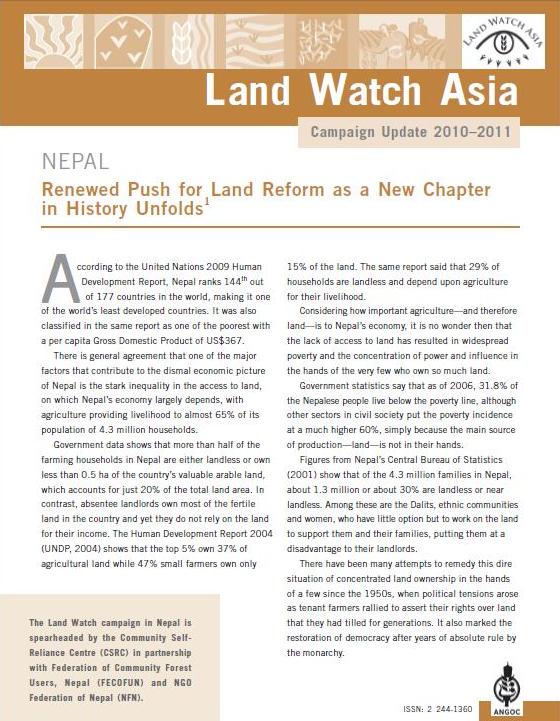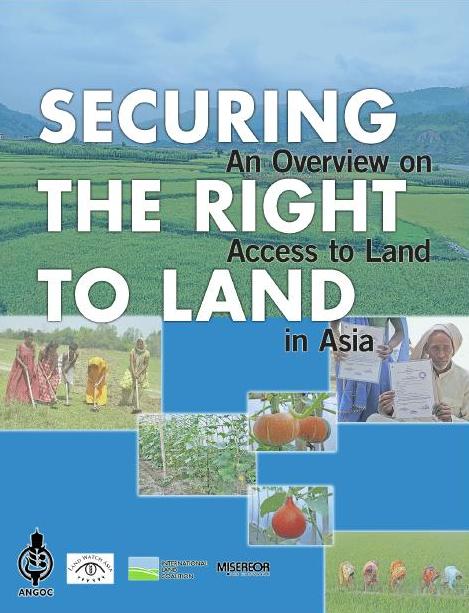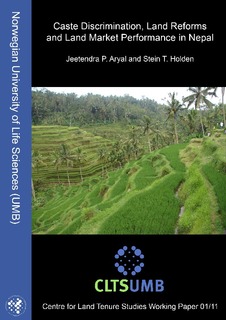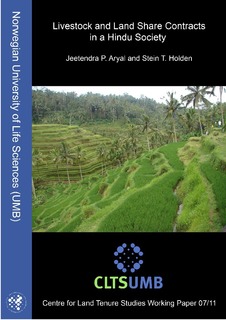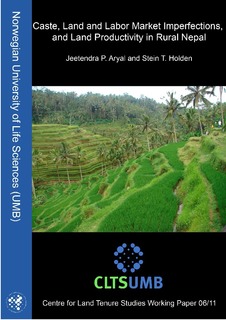This report evaluates the progress achieved in forest management by indigenous people and local communities, which was set as a key objective at the 1992 Earth Summit held in Rio de Janeiro, Brazil. It presents new findings and identifies what needs to done to protect global forest areas and…
The Land Watch Asia campaign seeks to enhance access to and control of land through policy dialogue, capacity building, information sharing, and networking. Seven national campaign updates highlight the major interventions and achievements of the various campaigns from 2010 to 2011 in…
This expanded edition presents regional and country perspectives on access to land for the rural poor from the eight countries-Bangladesh, Cambodia, India, Indonesia, Nepal, Pakistan, Philippines and Sri Lanka. It makes assessments of land reforms and their implementation, and the legal…
Climate change can affect water supply in Nepal by its impact on precipitation, glacier melting and increase in temperature. This study identifies the vulnerability of the water supply system in Kathmandu Valley to the impact of the worst case scenario of climate change and suggests adaptation…
Current land management approaches focus on achieving ecological resilience for natural resources and biological diversity, and socioeconomic resilience for the people who depend on the land for their livelihoods and wellbeing. In the Hindu Kush Himalayan region, landscapes extend across…
This collection of analyses spotlight cases and interviews with prominent women activists involved in natural resource management in Nepal, Indonesia, the Philippines and China to better understand the diverse challenges faced by Asian women in relation to limited rights and insecure tenure.…
The caste system is an intricate part of the institutional structure as well as class formation, political instability and conflicts in Nepal. The most severely discriminated group in the caste system is the Dalits, the so-called “untouchables”. Dalits faced religious, occupational and even,…
The majority of residents in the rural Middle Hills of Nepal use fuelwood from public and private sources as their primary energy source. This study investigated fuelwood availability in accessed forests, amount of fuelwood collected, preferred tree species for fuelwood, contribution of public…
Water use and landholding factors are widely acknowledged as major determinants of agricultural development in agrarian regions of the Indo-Gangetic basin (IGB). High attention is mainly given to irrigation policy while land is often apprehended through soil productivity aspects. However, the…
This paper examines factors related to the existence of a livestock rental market in western Nepal and assesses whether this is associated with caste differentiation and land rental market participation. This study brings new empirical evidence of livestock rental market against the established…
This paper provides new evidence on the caste-related land productivity differential and its explanations in rural Nepal using household plot panel data. Low-caste households are found to have significantly higher land productivity on their owner-operated plots as compared to high-caste…


